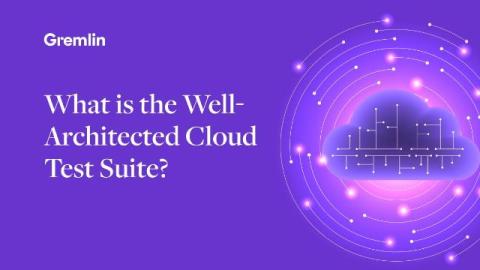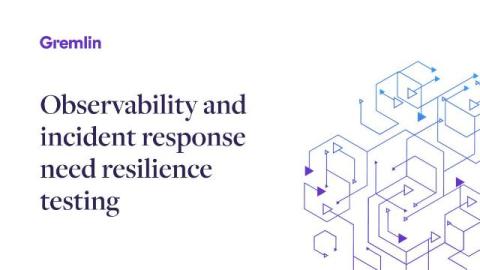Software reliability and availability is the whole team's problem-not just a few engineers
Reliability is everyone's problem—not just the SRE team's. "It's not just the SRE's problem. It's everybody's problem. So the SREs, they can run point and they can help report and help us understand, but we also have to hold the teams accountable. Are the teams investing time in reliability? Are they finding and fixing issues? Are we giving them space? And I think that comes back to, does the business see the benefit and do we have a good way of quantifying the benefit to the business?"—Kolton Andrus, Gremlin CTO.











